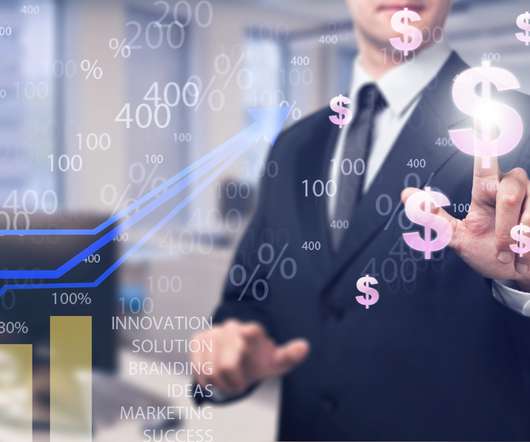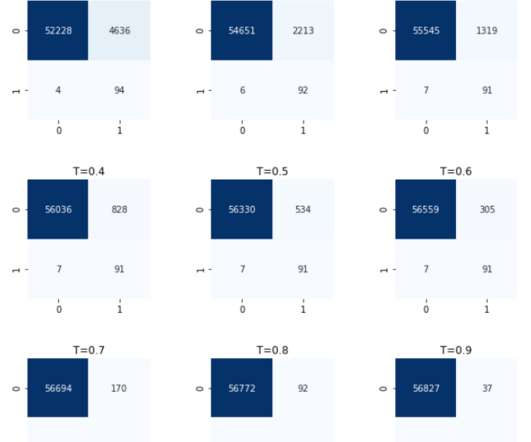How Big Data Impacts The Finance And Banking Industries
Smart Data Collective
SEPTEMBER 17, 2020
A 2013 survey conducted by the IBM’s Institute of Business Value and the University of Oxford showed that 71% of the financial service firms had already adopted analytics and big data. Big Data can efficiently enhance the ways firms utilize predictive models in the risk management discipline. The Underlying Concept.














Let's personalize your content